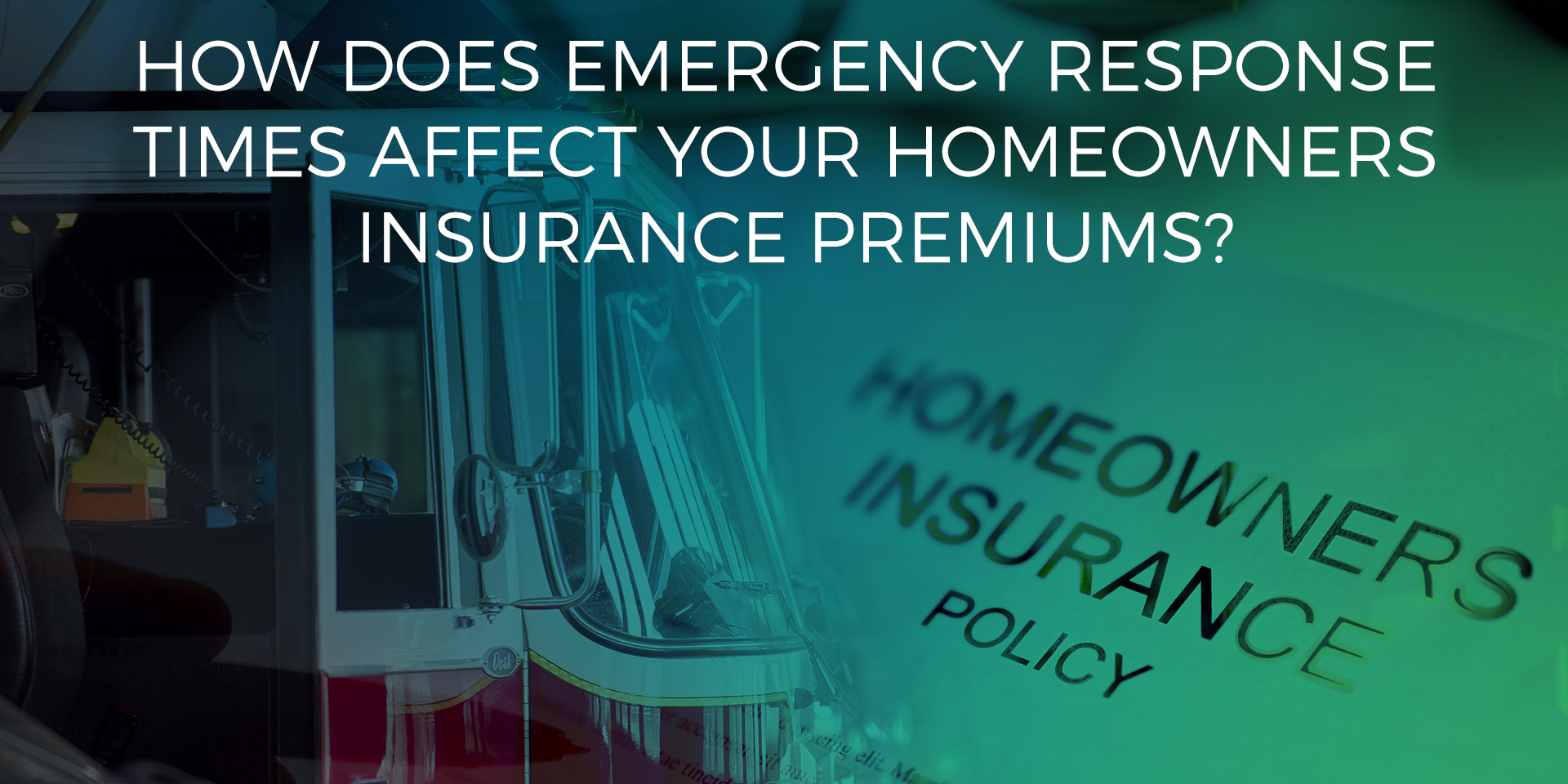When it comes to purchasing the perfect homeowner’s insurance for your home there are a few factors that will usually determine how much it will cost you each year.
Factors such as the cost to rebuild your home, where your home is located, the age of your home, the coverage package you select, and your deductible. However, what you might not know is that there is a little known factor you might be unaware of that can actually increase your homeowner’s insurance:
The emergency response times in your area.
Yes, you read that correctly. Just like how crime in an area can negatively impact the amount you pay each month in property coverage, so can the response times by the local emergency medical services.
Today, we will take a deeper look at this interesting paradigm.
Other articles you might enjoy:
- Yellow Light Timing & The “Yellow Trap”
- Rubbernecking in Traffic – Does it Matter?
- Why the Zipper Merge Works
Emergency Response Times & Insurance Premiums
When shopping for property insurance the first thing that comes to mind is your rate.
How much will you pay each month for homeowner’s insurance (or renter’s insurance) to ensure you are getting the best coverage at the best rate usually comes down to previous claims and the features of your home.
However, what usually doesn’t come to mind is local EMS response times.
In a 2017 article published by Reuters found emergency response times on the rise. According to the article;
“On average in the U.S., the length of time between a call for help and the arrival of emergency medical services is about eight minutes – but that rose to 14 minutes in rural areas (where about 10 percent of patients waited nearly 30 minutes), researchers found.”
Some insurance companies – who happen to share the same access to data stated above – consider this factor when calculating insurance coverage.
For example, if someone lives in a remote area where it would take longer for a fire department to get there in the event of a rare fire, in that case, they might see a slight price increase in their property coverage.
Or, in an area where there are inordinate amounts of traffic that slows down response times, premiums could be higher. One way they measure this is by using an ISO fire rating.
ISO Fire Rating
According to a Bankrate article, an ISO fire rating is a score provided to fire departments and insurance companies by the Insurance Services Office that indicates how prepared a particular community is for a fire emergency.
Factors that comprise this rating include the following:
- Quality of the fire department (50%)
- Water supply (40%)
- Emergency communication systems (10%)
- Bonus: Community Risk Reduction measures (5.5%)
What this means.
Insurance companies take factors such as fire safety very seriously when calculating a premium because just over 3 in 10 homeowners’ losses are from fire/lightning. Other factors that are weighed include tornadoes, sinkholes, earthquakes, crime, and hurricanes.
At the end of the day, if your insurance premium goes up a few dollars because you live in a rural zip code or you live in an urban cluster with a lot of traffic – you won’t see much of a spike in the cost that is really worth putting too much mental energy into.
Insurance companies always weigh every factor (hurricanes, flood zones, crime, wildfires) when calculating premiums so it isn’t much of a shock if they analyze how long it takes an ambulance or firetruck to get to your house.
How exactly they calculate these response times into premiums is something insurance companies keep close to the cuff but rest assured you have some options if you are concerned.
What you can do.
The most important matter is safety, not dollars. However, if you suspect your insurance premiums might be higher because of slower EMS personnel response times, you can do a few things.
For starters, ask your insurance company. Simply call your agent and ask if the emergency medical response times in your area are negatively impacting your insurance rates. In the event they are, see how you can negotiate with them or find another insurance provider.
Take it a step further.
Reach out to your local government and discuss the emergency medical services and their response times and see how they can be improved.
Perhaps it is a volunteer drive, better transit management, or other factors.
If you happen to live in a city, point out with your local government representatives that in some cities in an effort to save money and time (more so the former), citizens have resorted to using Uber or Lyft to get to the hospital instead of using emergency medical services, which can be extremely dangerous depending on the medical emergency.
Lastly, let your local government know about LYT.emergency technology and how it can potentially help decrease response times.




5 Comments